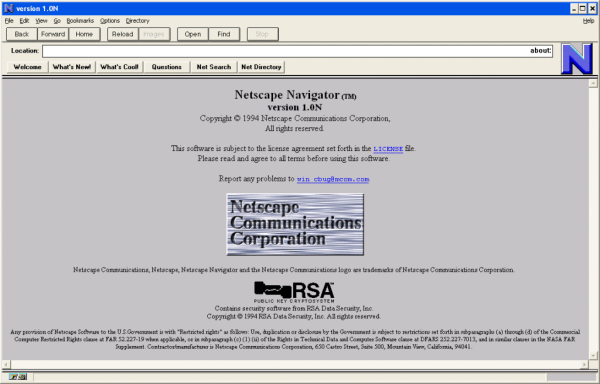Modern video games are almost always written on the backs of a game engine platform, and the two most popular are definitely Unreal Engine and Unity. Some bean counter at Unity decided they essentially wanted a bigger piece of the pie and rolled out new terms of use that would have game development houses paying per Unity install. This was a horrible blow to small indie game development houses, where the fees would end up eating up something like 15% of revenue in an industry that’s already squeezed between the Apple Store and Steam. It caused an absolutely gigantic uproar in the game dev community, and now Unity is walking it back.
We noticed the change first because tons of “migrate from Unity to Godot” tutorials popped up in our YouTube stream. Godot is a free and open-source game engine, and while we’re no game devs, it looks to be at about the level of Blender five years ago – not quite as easy to use or polished as its closed-source equivalents, but just about poised to make the transition to full usability. While we’re sure Unreal Engine is happy enough to see Unity kick some more business their way, we’re crossing our fingers for the open-source underdog.
Amazon’s Kindle Direct Publishing allows independent authors to self-publish. And it’s apparently been awash in prose written by large language models. While it was fun for a while to look through self-published books for the shibboleth phrase “As an AI language model,” Amazon caught on pretty quickly. Of course, that only gets the lowest-hanging fruit. Books like the AI-written guidebook to mushrooms that recommends eating the Death Cap still manage to sneak through, as we mentioned two weeks ago.
Amazon’s solution? Limiting self-published books to three per day. I wrote a book once, and it took me the better part of a year, and Amazon is letting through three per day. If this limit is going to help limit the size of the problem, then we vastly underestimate the problem.
And it’s good news, bad news from space. The good news is that NASA’s OSIRIS-REx mission to return a sample from the asteroid Bennu successfully landed just a few hours ago. As we write this, they’ve sent a team driving around the Utah desert to pick up the capsule. The effort reminds us of retrieving high-altitude balloon capsules after a flight: you know roughly where it is, but you still have to get out there to fetch it. Only NASA has a helicopter to go out looking for the capsule and a lot more science to do before they can throw it in the back of their car.
On the bad news side, India’s Vikram and Pragyan lunar lander/rover pair wasn’t really expected to make it through the long lunar night and had successfully executed all of its planned mission goals before going into deep sleep mode two weeks ago. But you’ve got to try to wake it up anyway, right? Well, the sun came up on Vikram on Friday, and the Indian space agency tweeted a stoic, “Efforts have been made to establish communication with the Vikram lander and Pragyan rover to ascertain their wake-up condition. As of now, no signals have been received from them. Efforts to establish contact will continue.” We’ve still got our fingers crossed, but at this point it would just be extra icing on the cake.














